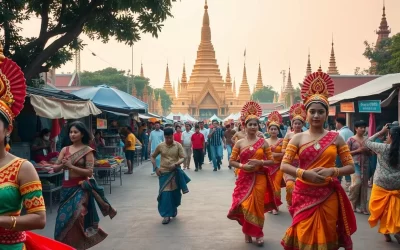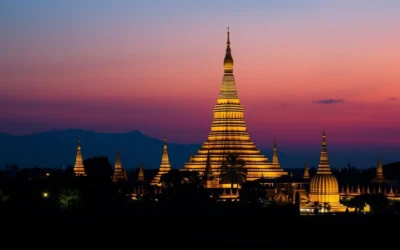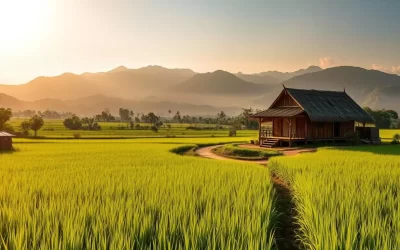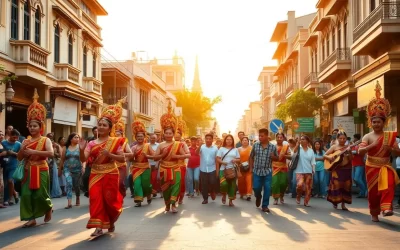✓ Accommodations✓ Flights✓ Rental Cars✓ Tours & Activities
When you think of Myanmar, its rich cultural heritage often comes to mind. But did you know this country is also home to a vibrant tapestry of languages? Burmese, the primary language, is spoken by two-thirds of the population as a first language, with an additional 10 million using it as a second language.
Belonging to the Sino-Tibetan family, Burmese is the most widely spoken Tibeto-Burman language. It’s not just a means of communication but a cornerstone of the nation’s identity. Alongside Burmese, various dialects and ethnic languages thrive, adding depth to the linguistic landscape.
From the Shan language spoken by 3.2 million people to the Karen languages used by 2.6 million, each dialect tells a unique story. This diversity reflects the country’s history and the resilience of its people. Understanding these languages offers a window into the heart of Myanmar’s culture.
Understanding Myanmar’s Linguistic Diversity
The linguistic landscape of Myanmar is a fascinating blend of history and culture. Over the centuries, its languages have evolved through influences from various empires and ethnic groups. This section dives into the historical roots and the role of communities in shaping this diversity.
Historical Evolution of Languages
Languages in Myanmar have deep historical roots, tracing back to the Pyu city-states and the Pagan Kingdom. The Burmese language, part of the Sino-Tibetan family, became dominant during the Bamar assimilation. Over time, it absorbed elements from other languages like Pali, Mon, and English, enriching its vocabulary.
Writing systems also played a crucial role. The Burmese alphabet, with its 33 consonants and 12 vowels, reflects this evolution. Historical documents from different eras provide insights into how language served as a form of cultural expression.
The Role of Ethnic Groups
Ethnic groups have been instrumental in preserving linguistic diversity. Over 130 groups and sub-groups exist, each contributing unique dialects and traditions. For example, the Shan language, part of the Tai-Kadai family, is widely spoken in Shan State.
Communities like the Karen and Kachin have maintained their languages despite external pressures. The Karen National Union, active since 1949, has been a key advocate for linguistic preservation.
| Language | Family | Region |
|---|---|---|
| Burmese | Sino-Tibetan | Nationwide |
| Shan | Tai-Kadai | Shan State |
| Karen | Sino-Tibetan | Karen State |
| Mon | Austroasiatic | Mon State |
This table highlights the linguistic diversity across regions. Each language tells a story of resilience and cultural identity, making Myanmar a unique linguistic hub in Southeast Asia.
Myanmar: Official and widely spoken languages
Exploring the linguistic richness of this Southeast Asian nation reveals a fascinating blend of tradition and modernity. At its core is Burmese, the official language spoken by two-thirds of the population as their first language. Another 10 million use it as a second language, particularly among ethnic minorities.

Burmese as the Official Language
Burmese, a Sino-Tibetan language, has deep roots in the country’s history. It’s not just a means of communication but a symbol of national identity. With 33 million native speakers, it dominates government, education, and media.
Over the centuries, Burmese has developed unique dialects, each with distinct vocabulary and pronunciation. Its alphabet, with 33 consonants and 12 vowels, reflects this evolution.
Other Predominant Languages
Beyond Burmese, the country is home to a vibrant array of languages. The Shan language, spoken by 3.2 million people, thrives in the Shan State. Similarly, Karen languages are used by 2.6 million, particularly in Karen State.
These languages are more than just tools for communication. They are cultural treasures, preserving the heritage of ethnic groups. For example, the Mon language, spoken by 750,000 people, carries the legacy of the ancient Mon kingdom.
| Language | Speakers | Region |
|---|---|---|
| Burmese | 33 million | Nationwide |
| Shan | 3.2 million | Shan State |
| Karen | 2.6 million | Karen State |
| Mon | 750,000 | Mon State |
This table highlights the linguistic diversity across regions. Each language tells a story of resilience and cultural identity, making this country a unique linguistic hub in Southeast Asia.
Ethnic Groups and Their Language Families
The cultural tapestry of this region is woven with diverse ethnic groups and their unique languages. Over 100 languages are spoken, reflecting the rich linguistic heritage. Each group contributes to the intricate language families, creating a vibrant mosaic of communication.
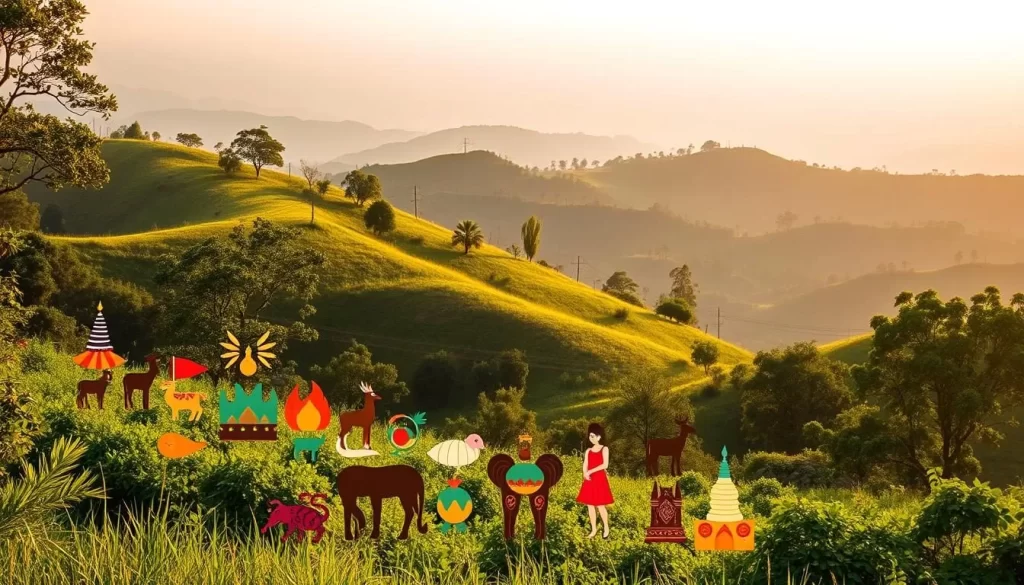
Sino-Tibetan and Its Branches
The Sino-Tibetan language family dominates the linguistic landscape. Burmese, the most widely spoken language, belongs to this family and serves as a unifying force. Other branches include the Karen and Kachin languages, each with distinct dialects and scripts.
These languages have evolved over centuries, influenced by historical migrations and cultural exchanges. For example, the Karen language has numerous dialects, complicating communication between communities.
Austro-Asiatic and Indo-Aryan Influences
The Austro-Asiatic family, represented by the Mon language, adds another layer to the linguistic diversity. Mon is one of the oldest languages in the region, with a rich history and unique script.
Indo-Aryan influences are also present, particularly in vocabulary and structure. These languages reflect the historical interactions between different cultures and regions.
Understanding these language families offers insights into the region’s history and the resilience of its people. Each language is a testament to the cultural identity of the ethnic groups that speak it.
Regional Dialects and Minority Languages
Dive into the heart of Southeast Asia, and you’ll discover a world where every dialect tells a story. In regions like Chin, Karen, and Shan, these dialects are more than just words—they’re a form of cultural identity. Each one carries the traditions and history of its people, offering a unique window into their lives.
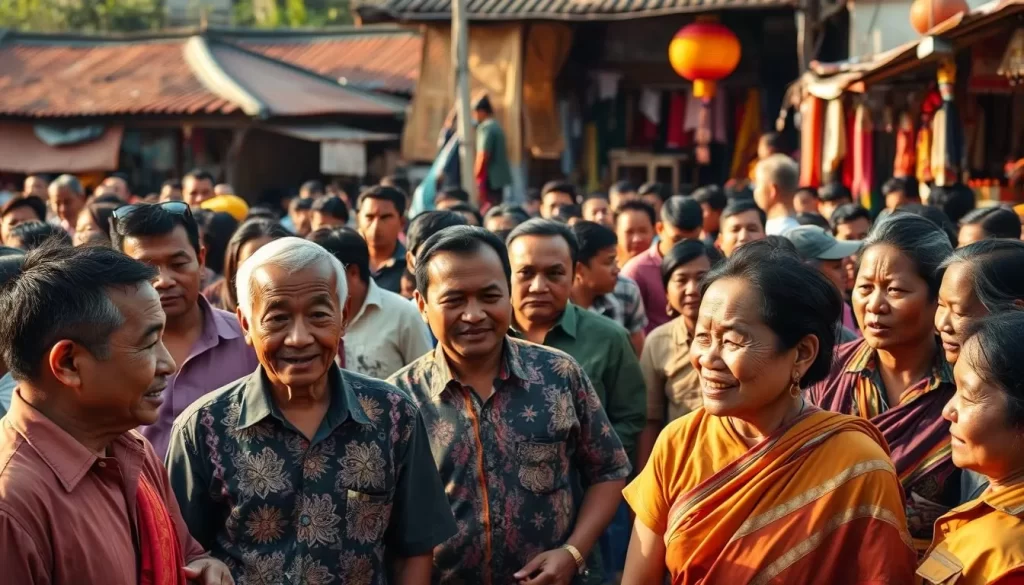
Unique Dialects in Chin, Karen, and Shan Regions
The Chin region is known for its linguistic diversity, with over fifty named groups sharing similarities in their language family. These dialects often differ in sound and script, reflecting the area’s rich cultural tapestry. For example, the Falam dialect is distinct from the Hakha dialect, yet both are part of the same linguistic branch.
In the Karen region, twenty languages are spoken among twenty-one distinct groups. These dialects vary in pronunciation and vocabulary, making each one a living record of local traditions. The Sgaw and Pwo dialects, for instance, are widely used and recognized for their unique characteristics.
The Shan region is home to the Tai-Kadai language family, with the Shan dialect being the most prominent. This language blends Indo-European influences with local traditions, creating a distinct linguistic heritage. Its script and sounds are a testament to the region’s historical interactions.
| Region | Dialect | Language Family |
|---|---|---|
| Chin | Falam, Hakha | Sino-Tibetan |
| Karen | Sgaw, Pwo | Sino-Tibetan |
| Shan | Shan | Tai-Kadai |
Understanding these dialects enriches your perspective on the world of Southeast Asia. They are not just tools for communication but vital parts of cultural preservation. To learn more about the challenges and opportunities in preserving these languages, explore the language policy in Myanmar.
Impact of Language on Education and Culture
Language shapes every aspect of life, from education to cultural traditions, creating a bridge between generations. In this region, it plays a vital role in shaping identity and fostering community bonds. Whether in schools or media, the influence of language is undeniable.
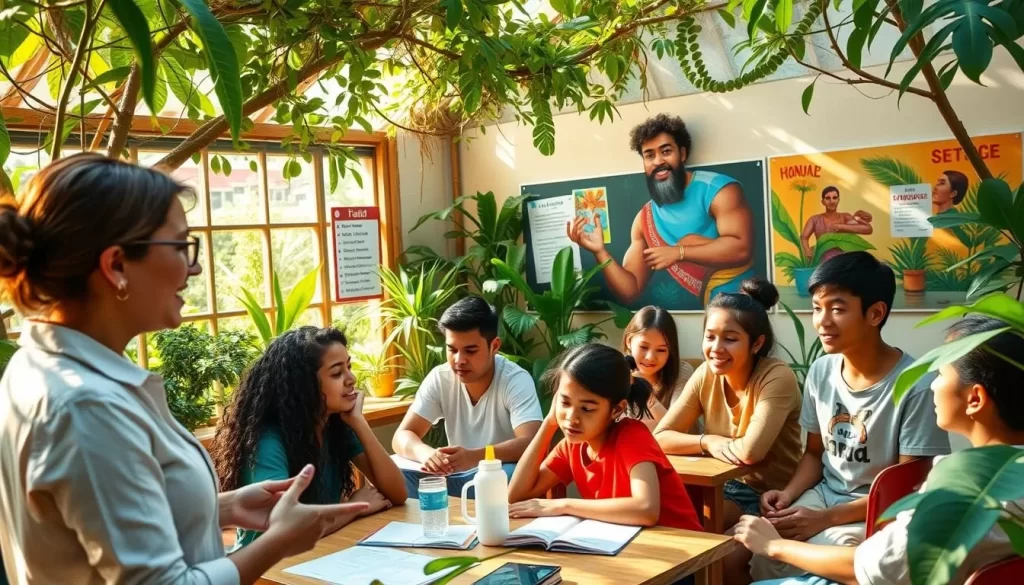
Language in Schools and Media
In schools, the Burmese language dominates, but challenges arise for students who speak other dialects. An estimated 30% of children do not speak Burmese when entering the education system, affecting their learning. Teachers in ethnic minority areas often struggle, as 70% do not speak local languages.
Media also reflects this linguistic diversity. Local languages are used in radio, television, and print, preserving cultural heritage. However, the dominance of Burmese in national media can marginalize minority dialects.
Traditions and Linguistic Identity
Language is deeply tied to cultural traditions. Communities use their native dialects in ceremonies, storytelling, and daily life. This strengthens their identity and connects them to their ancestors.
For example, the Shan language is central to festivals in Shan State. Similarly, the Karen dialects are used in traditional songs and dances, preserving their rich heritage.
| Language | Role in Education | Role in Culture |
|---|---|---|
| Burmese | Primary medium of instruction | National identity symbol |
| Shan | Limited use in schools | Central to festivals |
| Karen | Rarely taught | Used in traditional songs |
Understanding the role of language in education and culture highlights its importance in shaping society. To learn more about the challenges and opportunities in preserving these languages, explore the language policy in Myanmar.
Travel Tips for Navigating Myanmar’s Language Landscape
Navigating a new country becomes easier when you understand its language landscape. In this region, knowing a few key phrases can make your journey smoother and more enjoyable. Whether you’re exploring bustling cities or serene villages, effective communication bridges cultural gaps.
Essential Communication Techniques for Tourists
Start by learning basic words like “Mingalabar” (Hello) and “Je zu tin ba deh” (Thank you). These simple phrases show respect and effort, often earning smiles from locals. Burmese, the primary language spoken, is used nationwide, but regional dialects vary.
Carry a phrasebook or use translation apps for more complex conversations. English is understood in urban areas, but rural regions may require more effort. Non-verbal cues like gestures and facial expressions also help convey meaning.
Language Etiquette and Cultural Sensitivity
Understanding local customs enhances your experience. For example, removing shoes before entering temples is a sign of respect. Dress modestly, especially in religious sites, to align with cultural norms.
Be mindful of body language. Pointing with your feet or touching someone’s head is considered disrespectful. A polite form of greeting, like a slight bow, goes a long way in showing cultural awareness.
For more detailed insights, check out this Myanmar travel guide. It offers practical advice to help you navigate the country’s rich linguistic and cultural content.
Conclusion
The vibrant linguistic tapestry of this Southeast Asian nation reflects its deep cultural roots. Burmese, the official language, unites the population, while numerous minority dialects enrich its identity. This diversity is a testament to the country’s history and resilience.
From the Sino-Tibetan family to regional scripts, each language tells a story. Over 42.9 million people speak Burmese globally, with 32.9 million as their first language. These numbers highlight its significance in daily life and education.
Preserving this heritage is crucial. Minority dialects face challenges, yet they remain a vital part of cultural expression. Understanding these languages offers a window into the nation’s soul.
To learn more about the interplay between language and identity, explore this detailed analysis. Respecting this linguistic landscape is key to appreciating its enduring legacy.
The above is subject to change.
Check back often to TRAVEL.COM for the latest travel tips and deals.

